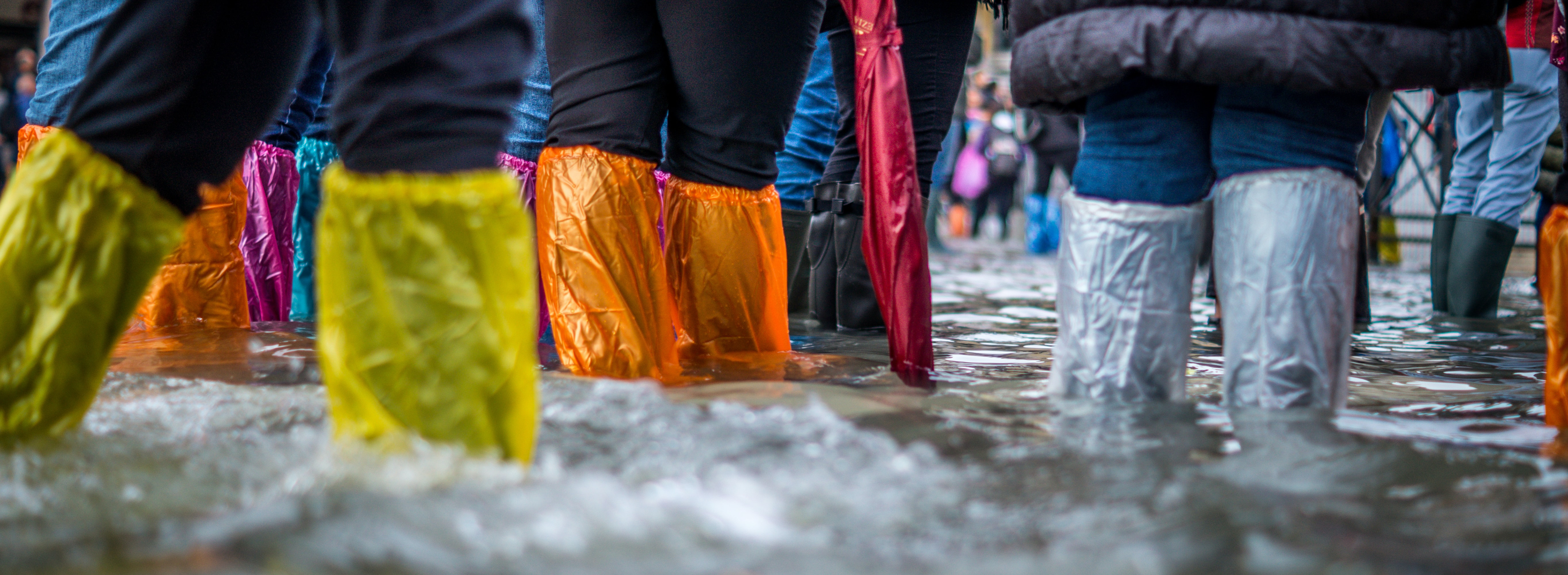Prepare for Disasters
with CAMERA
Identify critical gaps and improve disaster response plans - before a real disaster strikes
Identify Vulnerabilities
Developed jointly with partners across the world, CAMERA (City’s Self-Assessment of Mass Casualty Emergency Response and Actions) is a measurement tool that allows city leadership to objectively assess their city’s level of preparedness in responding to mass casualty events.
Many cities are vulnerable to disasters, whether they are natural or man-made. Guidelines or protocols may already exist, but gaps in capacity may not be identified until a real-life disaster strikes. It is critical to close these gaps in urban emergency health response systems which deliver life-saving medical care during mass casualty incidents
Expert Insights
The CAMERA tool provides a reliable measurement and a mass casualty response scoring, allowing city health authorities to identify critical gaps and improve disaster response plans before a real disaster strikes. There are few tools available to city health authorities for comprehensive testing of emergency medical response plans. The CAMERA tool consists of six questionnaires with a total of 368 items consisting of questions and observations administered to twelve individual roles in each city including: two EMS leaders, two EMS providers, two security leaders, two ED nurses, two ED directors, and two city leaders.

Assess Preparedness
CAMERA aims to strengthen urban disaster response to mass casualty events, guide leaders and policymakers in benchmarking their city’s emergency response capacity and performance compared to other cities around the world and foster a proactive stance on preparedness efforts. CAMERA will provide better understanding of the overall emergency response capacity of selected cities.
Strengthen Response Capacity
Gain further insight into the stronger and weaker mass casualty management areas under the following ten categories: city level policies and procedures, city incident command structure, scene triage and treatment, scene security, scene incident command structure, transport, hospital response policies and procedures, hospital triage and treatment, hospital incident command structure and hospital safety and security.


Save Lives
Many lives are lost every year due to events caused by large-scale disasters and emergencies. Cities are vulnerable to such mass casualty events due to traffic, building collapse, occupational hazards, violence, and terrorism. Lives can be saved, and disabilities can be prevented by a robust emergency medical response. This is the first step, and we hope the cities continue to monitor their progress by reapplying the CAMERA tool every three years. Once we validate the tool, we hope for a wider adaptation to have a global picture of urban mass casualty preparedness levels, more transparency for policy makers and incentives to act.